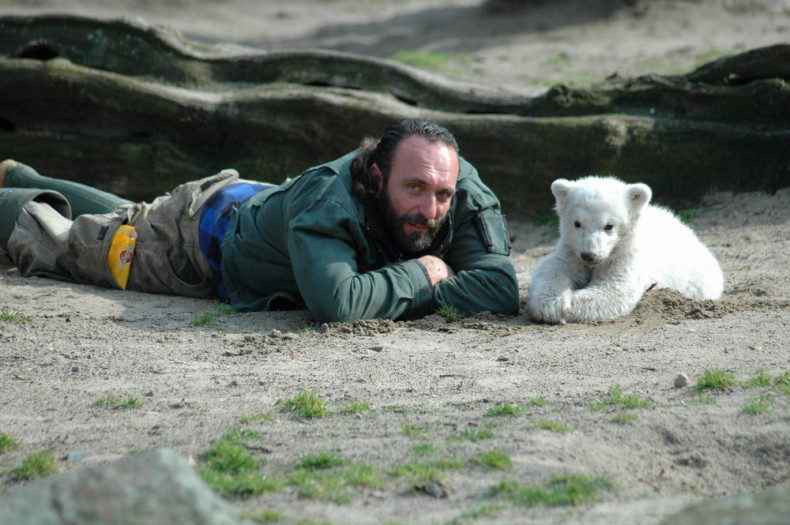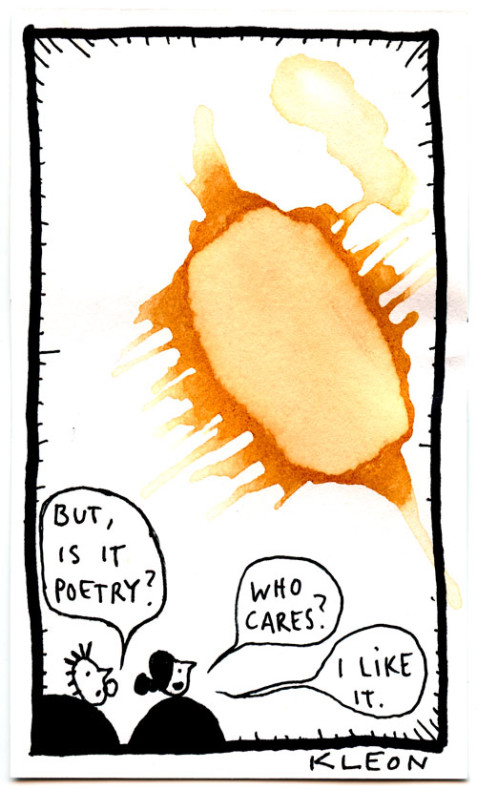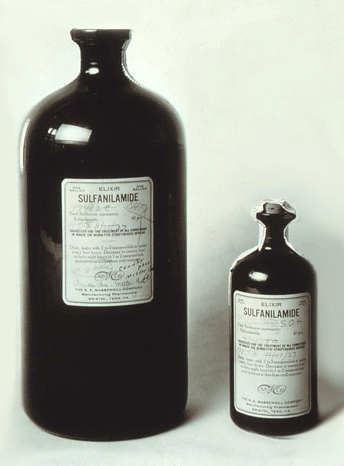 On December 6, 2005, a polar bear was born in captivity. His mother rejected him and his twin, and his twin died. The survivor was an adorable baby polar bear, but that phrase doesn’t need the initial adjective, does it? A baby polar bear is a little puffball, white with button eyes and perfect and cuddly. Zookeepers raised him. I fell in love. His name was Knut and he was a bit of an international sensation.
On December 6, 2005, a polar bear was born in captivity. His mother rejected him and his twin, and his twin died. The survivor was an adorable baby polar bear, but that phrase doesn’t need the initial adjective, does it? A baby polar bear is a little puffball, white with button eyes and perfect and cuddly. Zookeepers raised him. I fell in love. His name was Knut and he was a bit of an international sensation.
Knut was raised by zookeepers at the Berlin Zoo, most memorably Thomas Dörflein, a ponytailed zookeeper who fed him from a baby bottle and scratched his head. The internet filled with photos (like the one above) and videos of Knut and his keeper. Looking back, it seems this must have been early in the days of being able to watch video on the internet. I think I still had dial-up at home. It was a special event, cooing with coworkers over a tiny fluffy animal, while now you can do that any time you want on a screen in your pocket. Continue reading






